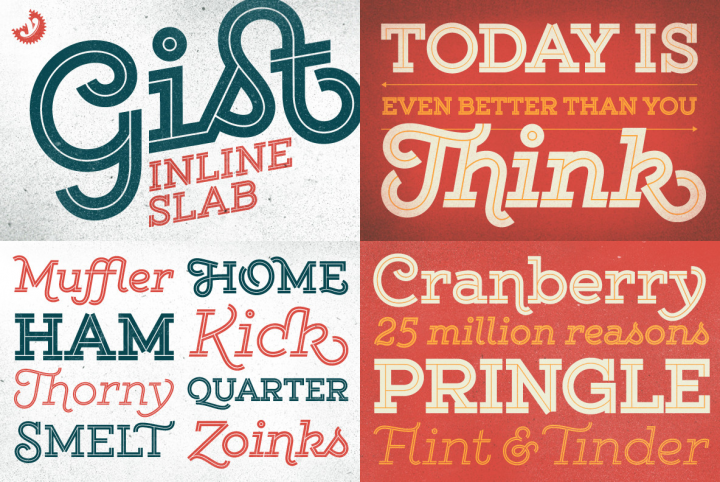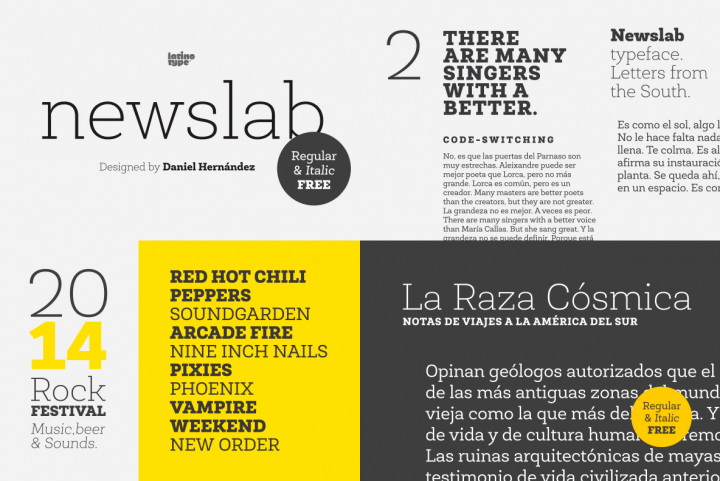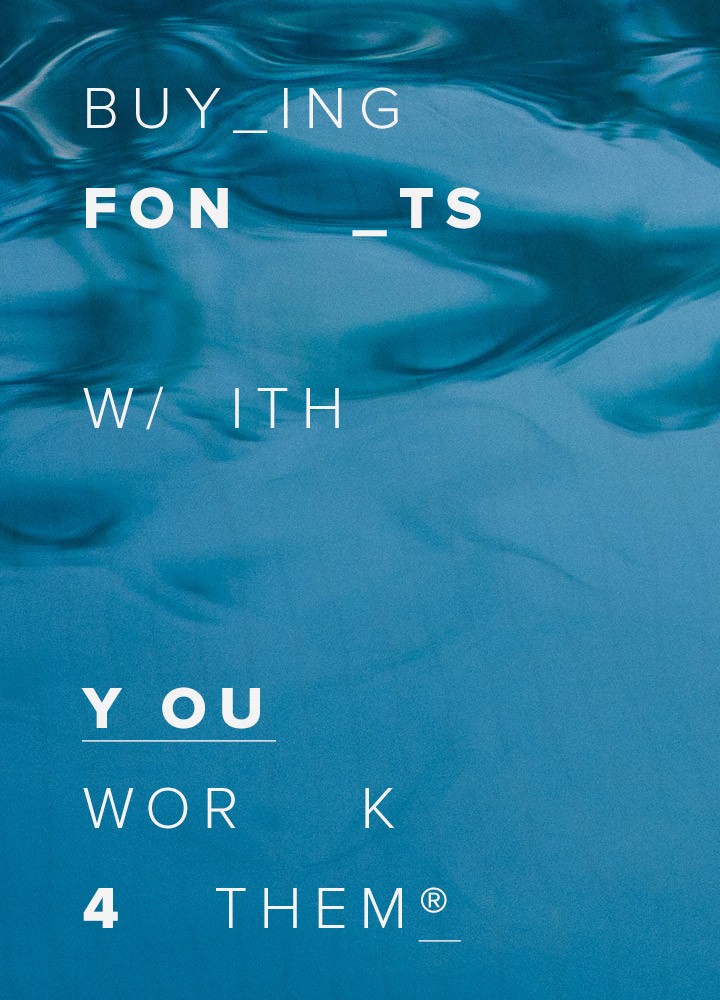
Free fonts have one main thing going for them–they’re free! Everybody loves free stuff! (And we’ve got a bunch of them.) But if you or your project get bigger and better, the fun can stop quickly.
Let’s say you use a free font for a print design for your client. Then, the client comes back months later and asks to use the design on their website. First, you’d need to check if the font has also been provided in WebFont format for free. If so, are there pageview usage rules? Are there other licensing restrictions? Is the free font service tracking and logging your client’s site traffic without their knowledge? (Are any of those details even available?)
Also, did you even check if the free font could be used in non-personal/client work? Many times, “free” means “free for personal projects,” typically for students. The last thing you want is your client getting emails from the font designer’s lawyer.
Now, what if you want to use that free font in your mobile or desktop app? Does the free license cover that? Does it even mention it? Chances are it’s forbidden to embed the font in any software scenario.
And what about updates, or language support? If you used the font in a project that goes global and needs Cyrillic and Greek glyphs, the designer might not be taking any update requests, and they might not even allow modification of their design. If you modified it without their permissions, well…then you’ll be the one getting the emails from the font designer’s lawyer. (Even if updates are allowed, the designer might not be available, and you’ll have to find someone who can do that for you–likely much more expensive than had you purchased a font all those months ago.)
We haven’t even mentioned kerning bugs, encoding issues, or any of the other common issues with free font releases. We do think free fonts are perfect for students, but in this day and age, the font licensing goal posts are always moving, so it’s important to know all the details. And knowing is half the battle.




